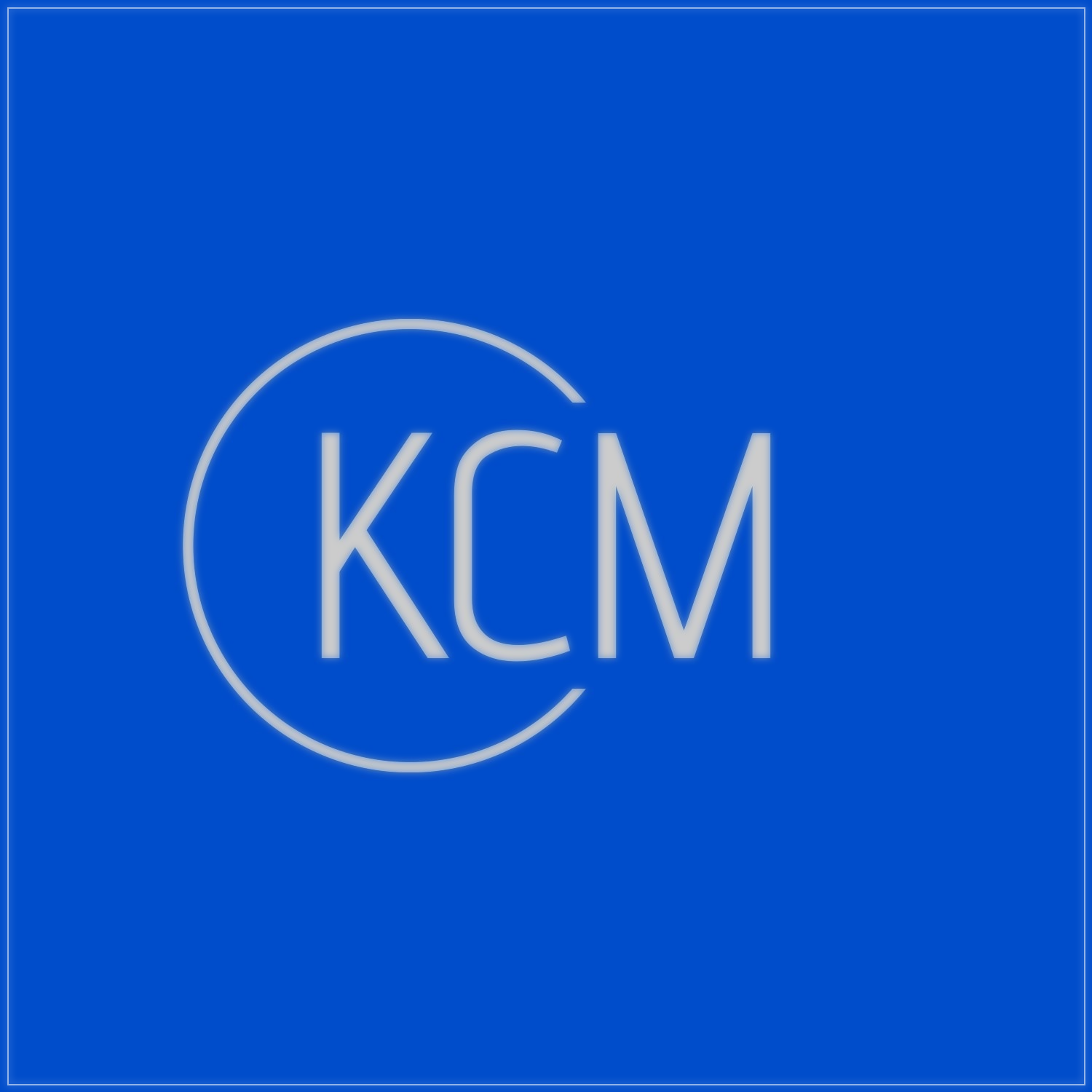Innovate: Improve PSCBs
Microsoft has recently unveiled a breakthrough in the field of condensed matter physics—an entirely new "state of matter" that could redefine how we approach computing, energy storage, and materials science. While the details of this new phase of matter are still being explored, its potential applications span quantum computing, ultra-efficient semiconductors, and self-powered systems.
One area that stands to benefit tremendously from this innovation is Piezoelectric Self-Charging Batteries (PSCBs)—a technology that converts mechanical stress into electrical energy. Given PSCBs' dependence on materials science and energy transfer efficiency, Microsoft's discovery could help unlock new levels of performance, miniaturization, and scalability.
How PSCBs Work and Their Limitations
PSCBs operate by harnessing the piezoelectric effect, where materials like Lead Zirconate Titanate (PZT) or Zinc Oxide (ZnO) generate an electric charge under mechanical stress. These charges are then collected, stored, and managed via hybrid energy storage systems, such as thin-film batteries or supercapacitors.
While this approach is innovative, current limitations prevent PSCBs from fully replacing traditional batteries:
Material Efficiency Constraints: The best available piezoelectric materials (PZT, ZnO) still have limits in energy conversion efficiencyPSCB Material Chart - O….
Miniaturization Challenges: PSCBs require compact yet high-output piezoelectric arrays, which are difficult to fabricate cost-effectivelyPSCB Scaling Method.
Energy Density Limits: Storage technologies like thin-film lithium and solid-state batteries struggle to keep up with high-demand applicationsPiezoelectric Battery P….
Thermal and Mechanical Durability: Piezoelectric materials can degrade over time, reducing performance in extreme environments such as aerospace or defense applications.
How Microsoft’s New State of Matter Could Improve PSCBs
1. Enhancing Piezoelectric Materials
Microsoft’s new material phase could enable superior atomic alignment, leading to enhanced piezoelectric coefficients (d₃₃ values). If this new state of matter exhibits properties like:
Higher electron mobility, it could improve charge transfer efficiency in piezoelectric materials.
Greater mechanical resilience, making PSCBs more durable and effective under high stress conditions.
A higher piezoelectric coefficient (d₃₃) means PSCBs could generate significantly more electricity from the same mechanical stress.
2. Revolutionizing Thin-Film Storage and Energy Retention
One of the biggest challenges for PSCBs is energy retention and conversion efficiency. Microsoft's discovery might provide:
A new class of high-efficiency energy storage materials that better interface with piezoelectric components.
Higher-capacity solid-state thin films with ultra-low resistance and better charge retentionPiezoelectric Battery P….
Improved quantum tunneling effects, allowing more efficient energy transfer at the nanoscale.
This would boost PSCB performance in aerospace and defense, where self-charging batteries need to hold power longer and operate in extreme conditions.
3. Scaling PSCBs for Large-Scale Applications
Currently, scaling PSCB arrays for industrial use (e.g., in hydroelectric turbines, wind farms, and ship diesel generators) is costly due to material inefficiencies and energy losses during charge transfer.
With Microsoft's discovery, new conductive states of matter could:
Reduce energy losses when piezoelectric materials interact with conductive layers.
Enable superior scalability, making PSCB panels more viable for large infrastructure projects.
Improve charge uniformity across PSCB arrays, leading to greater power output per module.
For example, in hydroelectric turbines where PSCB arrays already show potential, an improved material matrix could increase efficiency from 10-15% to 25% or more.
4. Next-Gen Electronics and Quantum Sensors
Microsoft’s new material phase is expected to benefit quantum computing and ultra-sensitive electronics. This directly impacts PSCB-powered wearables, IoT devices, and exoskeletons.
Ultra-fast charge transfer could allow PSCBs to power microelectronics with near-instant energy delivery.
Higher material stability means medical implants and exoskeletons could function longer without energy degradation.
Quantum sensing capabilities could be incorporated into military and aerospace PSCBs, allowing on-the-fly power adjustments based on real-time environmental changes.
Image of the Majorana 1
Conclusion
Microsoft's new state of matter could be the missing link in making PSCBs a viable alternative to traditional energy storage solutions. With enhanced material properties, higher charge efficiency, better durability, and improved scalability, PSCBs could soon power everything from wearable tech to aerospace turbines and large-scale renewable grids.
As KCM PSCB technology continues to evolve, integrating next-gen materials from Microsoft’s discovery could place Piezoelectric Self-Charging Batteries at the forefront of energy innovation. We are actively forging a cooperation with Microsoft right now.
Stay tuned for more updates as we explore new integrations between advanced materials science and self-sustaining battery technology. 🚀


